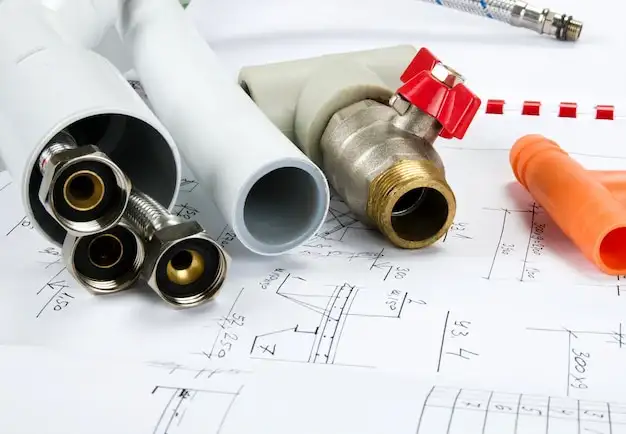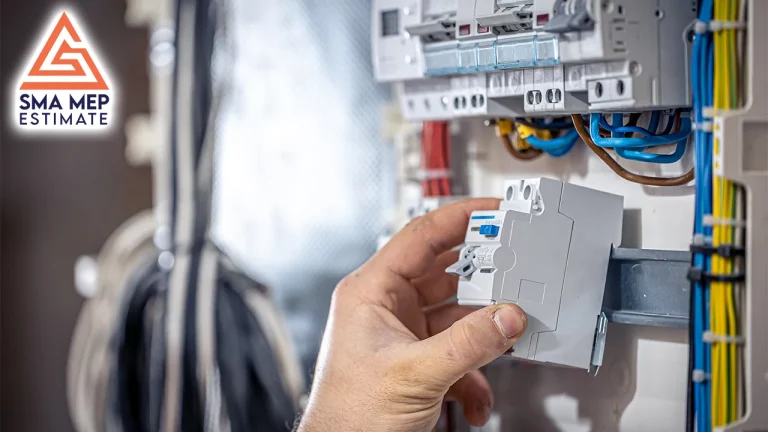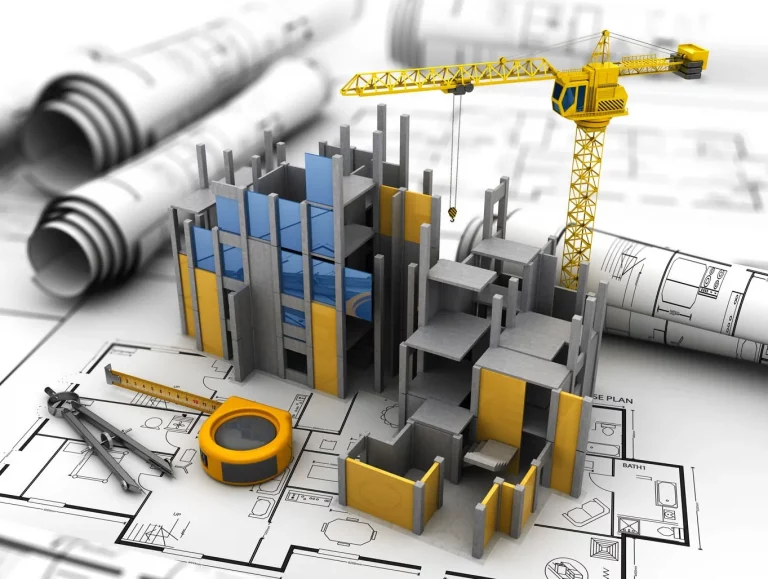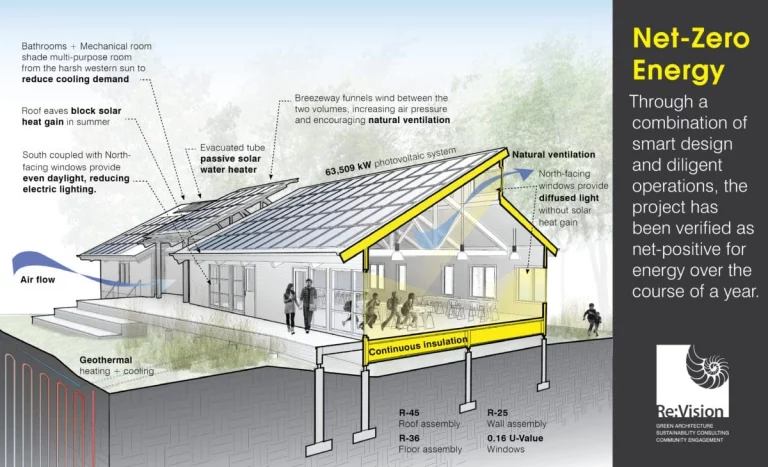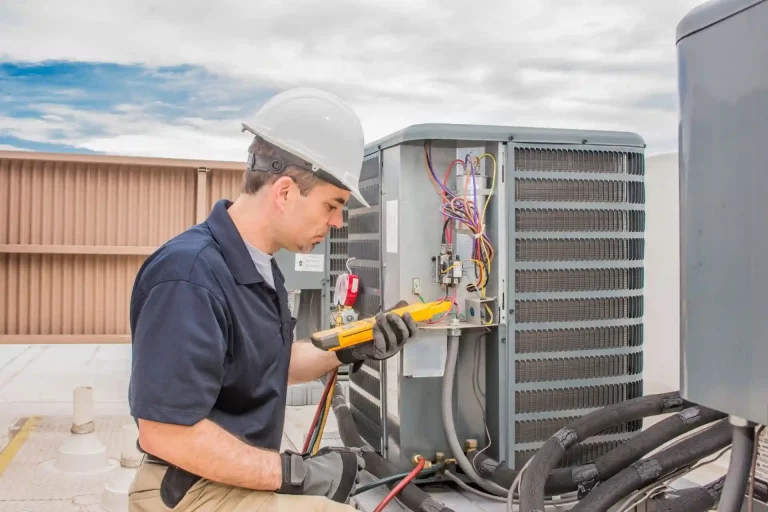How to Estimate Mechanical Piping Costs for Your Industrial Project?
Accurate calculation of Mechanical Piping Costs is the cornerstone for a smooth plumbing construction project. The mechanical system can consume about 10-15% of the project’s entire cost!
Industrial projects are more tricky to handle than residential jobs mainly due to their size. People are more prone to make mistakes when dealing with larger data sets. Even professional contractors may find it hard sometimes.
Luckily this guide explains how to estimate piping cost precisely.
LEARN HOW TO CALCULATE MECHANICAL PIPING COSTS FOR INDUSTRIAL PROJECTS AND EXPLORE DIFFERENT COST-AFFECTING FACTORS IN THIS STEP-BY-STEP GUIDE.
Factors Affecting Mechanical Piping Costs
Some elements affect mechanical piping costs such as:
- Complexity: Complex and intricate projects tend to be more expensive than cheaper ones.
- Size: The greater the size of the building will be the cost. Industrial projects are going to be more costly than residential ones.
- Fluctuating prices: It’s important to consider the changing market prices.
- Location: Some areas are generally more expensive than the rest.
- Choice of material: The type of material that you choose for piping impacts the cost. Some material is cheaper than the rest. But it’s important to control the quality.
- Type of project: Calculating costs of piping installation varies from remodeling or repair cost estimating.
Guide to Calculate Mechanical Piping Costs
Here’s a step-by-step guide to estimating mechanical piping costs for every type of project.
1) Material Takeoff
Qualification of materials is a vital step in cost estimation. It tells us how much material is needed to complete the construction project. Accurate material takeoff leads to accurate prediction of cost. You can either calculate the number manually or use digital software. In both cases, you’ll need to have measurements and blueprints of the project.
Here’s a list of measurements that you should take to estimate mechanical piping costs. Tip: Always double-check the measurements!
- Pipes: Measure the length, diameter and thickness
- Pipe Fittings: Size of the fittings
- Valves: Know about pressure and size
- Flanges: Know about pressure and size
- Insulation: Measure the thickness
- Bolts and Nuts: Count them
How to Calculate the Diameter of the Pipe?
It’s very easy to calculate the diameter of a pipe. Measure the circumference of the pipe using a measuring tape and divide it by the value of pi i.e. 3.1415.
Helpful Software for Takeoff
Piping Estimating Services often use advanced takeoff software for estimating material quantity. This software provides quick and accurate estimates. Since they are free from human error, these software are more precise than manual methods of quantification. Some examples of mechanical piping software include:
- Planswift
- Bluebeam
- Stack
- On Screen Takeoff
- Quest Estimating
- FastPipe
- FastDuct
2) Calculating Material Cost
After you have a precise quantification of materials the next step is to calculate its cost. Remember that prices can fluctuate over time. Moreover, they can vary from place to place.
To get the exact estimate of cost, it’s important to visit the marketplace and find a supplier. This is time-consuming work and may even take weeks.
For a quick cost analysis, professional Mechanical Estimating Services use real-time pricing guides such as RS Means. These guides provide zip code-based pricing to speed up the process while maintaining accuracy.
Types of Pipes and Their Cost
Here’s the average cost of types of pipes excluding labor charges.
- Galvanized Steel: $5 to $8.50 per linear foot
- PEX: $0.50 – $2 per linear foot
- CPVC: $0.75 – $1.50 per linear foot
- Copper: $2.50 to $9 per linear foot
- Cast Iron: $2.50 to $10.75 per linear foot
3) Calculating Labor Cost
Labor cost is perhaps one of the trickiest factors to calculate. Many amateurs often end up underestimating labor wages. Labor Cost is affected by the following factors
- Pricing Plans: Some workers charge a flat rate while others charge based on hours put in.
- Size and Complexity of the Project: Tougher, larger-scaled projects require more labor budget.
- Time Taken: In the case of the hourly rate, the longer it takes to complete the project, the greater will be the cost of labor.
- Number of Workers Needed: Mechanical piping costs are affected by the number of workers needed to complete the project.
- Expertise of Worker: Master plumbers charge more than journeymen or apprentices.
4) Calculating Equipment Expenses
Industrial plumbing projects may require heavy machinery. In most cases heavy machinery needs to be rented out. Therefore it’s crucial to calculate purchase and rental costs both. Moreover, accounts for maintenance and repair expenses as well.
5) Indirect Mechanical Piping Costs
So far we have discussed the direct mechanical piping costs. Indirect costs or overhead expenses also need to be included in the budget. These include:
- Utility Bills
- Office Supplies
- Permits and Inspections
- Transportation Cost
- Administrative Cost
- Legal Cost
- Marketing
- Excavating and Grading
6) Profit Margin and Contingency
Make sure to include your profit margin. Other than that, it’s crucial to make a contingency plan to keep the project protected from cost overruns. A contingency plan helps to tackle any unforeseen, hidden expenses consequently keeping the project on track.
How Do Industrial Estimating Services Help?
Nowadays, contractors and subcontractors are opting for Industrial Estimating Services to get a competitive edge.
The following are some benefits of outsourcing to a cost estimator:
- Get a precise budget
- Estimators use software for calculations
- Access to real-time pricing guides
- Increased chances of winning bids
- Allows one to bid on multiple projects at once
- Increased business growth and revenue
GET IN TOUCH WITH A RELIABLE MECHANICAL COST ESTIMATING AGENCY NOW AND GET AN ACCURATE FINANCIAL PLAN!
Conclusion
Industrial project cost estimation requires careful analysis. It cannot be rushed so don’t opt for any shortcuts. Observe the scope of the project and learn about the preferences of the client. It’ll help to establish an accurate budget. For estimating mechanical piping costs you should have the basic information on types of material and functions of a plumbing system. In some cases, you may need to collaborate with technical engineers and architects to get a precise financial plan.


